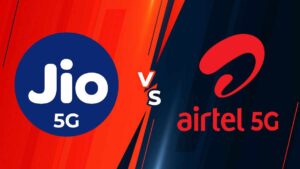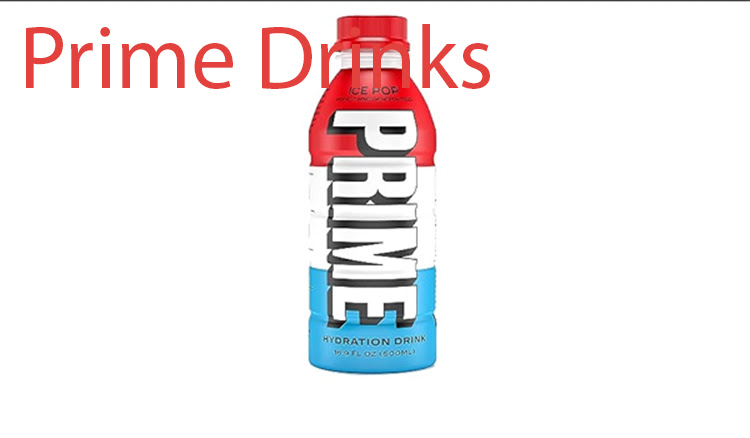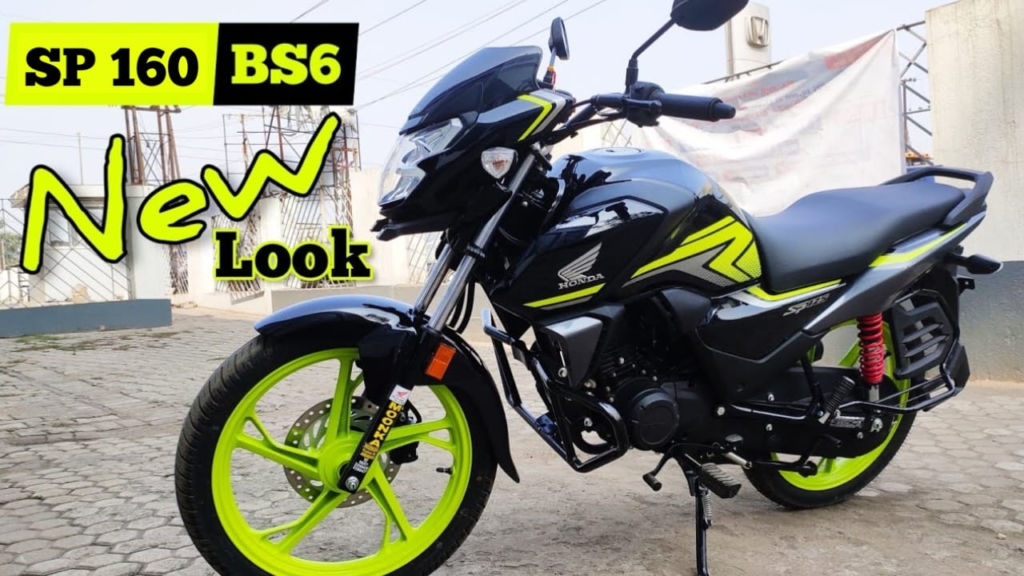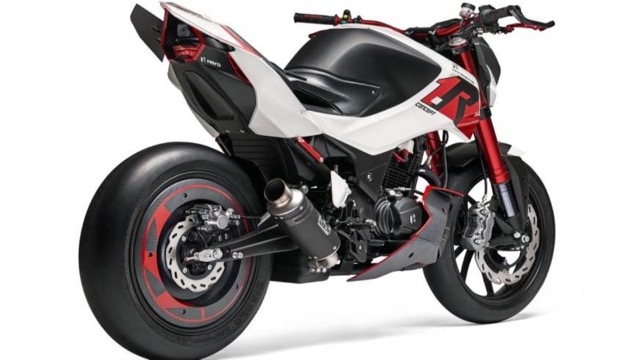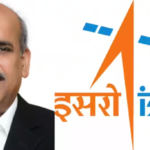Prime Drinks Prime, a new sports drink brand, has taken the social media world by storm, thanks to its influencer-backed marketing strategy. The brand’s popularity has skyrocketed among young people, with over 61 million views on TikTok alone. It has even secured a deal as the official sports drink of the Ultimate Fighting Championship (UFC). Prime’s success can be attributed to its unique branding and packaging that resonates with young consumers, as well as its focus on natural ingredients and hydration benefits for athletes. With its impressive growth trajectory and celebrity endorsements, Prime is poised to become a major player in the sports drink industry.
Senator Charles Schumer’s involvement with Prime drinks has sparked controversy. In July 2023, he urged the FDA to investigate Prime for its high caffeine content and questionable marketing. The neon-colored cans have raised safety concerns. This highlights the importance of transparency and regulation in the food and beverage industry. Consumers should be aware of what they consume. As society becomes more health-conscious, companies must prioritize transparency in product ingredients and nutritional value. Regulatory bodies like the FDA protect consumers from potentially harmful products. It’s important to note that other energy drink manufacturers have also faced criticism for their marketing practices and high caffeine content. Consumers should research before consuming such beverages.
Outlines Of Guide
ToggleWhat Are Prime Drinks?
According to the company website, Prime drinks, created in 2022 by YouTube stars and amateur boxing competitors Logan Paul and Olajide Olayinka Williams Olatunji (KSI), are characterized as “bold, thirst-quenching flavors to help you refresh, replenish and refuel.”
Prime Hydration is a caffeine-free drink from Prime that comes in 16-fluid ounce bottles and hydration packets for mixing with water. It is offered in 10 flavors, including Glowberry and Ice Pop. Prime Energy is a new addition to the Prime product range, available in 12-ounce cans with a caffeine content of 200 milligrams per serving. It is offered in seven flavors, such as Tropical Punch and Blue Raspberry.
Prime Hydration vs. Prime Energy
Avery Zenker, a registered dietitian at EverFlex Fitness in Canada, explains that Prime Hydration is formulated similar to a sports drink with electrolytes and vitamins, while Prime Energy is more of an energy drink because of its high caffeine content, which is known as a stimulant.
Prime Energy drinks are labeled to advise against consumption by individuals under 18 years old, those with caffeine sensitivity, and pregnant or nursing women, in accordance with the American Beverage Association’s (ABA) guidelines for labeling caffeinated beverages.
Prime Hydration Ingredients
Zenker and Christina Lombardi, a registered dietitian and owner of Functional Nutrition Rx in New York City, have provided a summary of the ingredients in Prime Hydration drinks.
- Water
- Coconut water
- Electrolytes (sodium, magnesium and potassium)
- Branched-chain amino acids
- Antioxidants vitamins A and E
- B vitamins
- Artificial sweeteners (sucralose and acesulfame potassium)
- Natural flavors
- Gum arabic and ester gum as stabilizers
- Sea salt (in the hydration sticks)
Lindsay Malone, a private practice registered dietitian and instructor at Case Western Reserve University in Ohio, stresses the importance of replenishing electrolytes after intense exercise. Zenker points out that Prime Hydration contains less sodium (10 milligrams) compared to other sports drinks, which is crucial for maintaining fluid balance. While the coconut water base provides potassium for rehydration, Dana White, a registered dietitian nutritionist and certified athletic trainer in Connecticut, notes that Prime lacks the most important electrolyte lost through sweat—sodium.
Kansas City Chiefs’ sports dietitian Leslie Bonci states that Prime Hydration, a sports drink, is rich in potassium but falls short in its carbohydrate content at 5 grams. According to Bonci, the ideal carbohydrate content should be between 4 to 8 grams per 100 milliliters, meaning that Prime Hydration’s 500 milliliters serving should contain 40 to 80 grams of carbohydrate.
Zenker explains that branched-chain amino acids (BCAAs) such as L-isoleucine, L-leucine, and L-valine are crucial amino acids that cannot be produced by the body and must be acquired through diet. Prime contains essential amino acids that are the building blocks of protein. Malone and Lombardi suggest that BCAAs may enhance performance and muscle building during exercise. However, Zenker notes that Prime does not specify the amount of BCAA content, making it challenging to assess its impact, even though BCAAs can also be obtained from protein-rich foods.
Moreover, Prime Hydration includes B vitamins, which, while essential nutrients, do not contribute to the beverage’s hydration capabilities, according to Bonci. White concurs, stating that “B vitamins are not lost in sweat.” White also mentions that these nutrients are widely available in food and pose a minimal risk of deficiency for the majority of individuals.
Artificial sweeteners have zero calories, but there is limited research on their impact on children and they are usually sweeter than sugar, which can lead to a preference for sweetness. Although they are generally deemed safe, further extensive research is required, particularly with regards to their long-term effects.
Prime Energy Ingredients
The following is a list of the ingredients in Prime Energy beverages, summarized by our experts:
- Carbonated filtered water
- Coconut water from concentrate
- Vitamins (vitamin B6, vitamin B12)
- Electrolytes (sodium, magnesium, potassium)
- Natural flavors
- Artificial sweeteners (sucralose)
- Preservatives (potassium sorbate and sodium benzoate)
- Amino acids (L-theanine and taurine)
- Inositol (a sugar alcohol)
- Caffeine
- Glucuronolactone (a substance naturally-occurring in the body and a common ingredient in energy drinks)
How Much Caffeine Is in Prime Energy?
Prime Energy has 200 milligrams of caffeine in its 12-ounce cans. According to the FDA, consuming up to 400 milligrams of caffeine per day is generally considered safe for healthy adults and is not associated with adverse effects like insomnia, jitters, and a rapid heart rate.
According to Lombardi, an 8-ounce cup of coffee typically has around 95 milligrams of caffeine. Zenker points out that Prime Energy has a significantly higher caffeine concentration than other well-known energy drinks. For example, Red Bull contains 80 milligrams of caffeine in an 8.4-ounce can, while Rockstar has 160 milligrams of caffeine in a 16-ounce can.
It is crucial to differentiate between caffeine, a stimulant, and energy derived from calories. Caffeine acts as a stimulant, enhancing focus and reaction time, as well as increasing heart rate and respiration. However, it is not a source of energy, emphasizes Bonci. Energy is provided by calories, yet Prime Energy has minimal calorie content (10 calories per serving), White and Bonci explain. Calling a product an energy drink when it is essentially a low-calorie stimulant drink is “very misleading,” according to Bonci.
Is Prime Energy Safe?
In July 2023, Sen. Schumer raised concerns about Prime Energy’s marketing tactics and called on the FDA to investigate the company. Despite the warning label on their product, which advises against consumption by those under 18 years of age, Sen. Schumer noted a lack of distinction in online marketing between Prime’s two beverage products. This raises questions about whether the company is intentionally targeting underage consumers with their marketing efforts. The FDA’s investigation will shed light on whether Prime Energy is violating any regulations and taking advantage of vulnerable consumers.
Sen. Schumer wrote in his letter that the brand, available in ‘hydration’ and ‘energy’ forms, is widely accessible and was introduced as a social media influencer-style product that has captured the complete attention of children under eighteen. These same children are also the focus of Prime’s marketing. Numerous doctors have expressed serious concerns about Prime, and I am specifically urging your agency to investigate its claims, marketing, and caffeine content.
Malone points out that one major issue with Prime Energy is its caffeine content, particularly important for parents to take into account. Despite the labeling stating that the beverage is intended for individuals 18 and above, Malone notes that Prime Energy is heavily targeted towards young individuals who may not distinguish between Prime Energy and Prime Hydration.
Harvard Health notes that the marketing of energy drinks usually targets adolescents. According to the National Institutes of Health, energy drinks are the second most popular dietary supplement among American teenagers and young adults, after multivitamins.
The American Academy of Pediatrics advises that children under 12 should avoid caffeine, and children aged 12 to 18 should limit their caffeine intake to 100 milligrams per day.
The FDA does not have regulations for energy drinks, but it sets a caffeine limit of 71 milligrams per 12-ounce serving for sodas, as stated by Harvard Health. This allows many energy drink manufacturers to bypass the limit by categorizing their product as a supplement.
The Centers for Disease Control and Prevention emphasizes the possible adverse impacts of energy drinks, including effects on the heart, dehydration, anxiety, and sleep disruptions like insomnia. Heart issues may involve irregular heartbeat and heart failure, while anxiety symptoms may include nervousness and jitteriness. Dehydration, which is insufficient water in the body, can result in impaired thinking, changes in mood, overheating, constipation, and kidney stones.
Zenker cautions that although Prime Energy might be safe for certain adults, having two servings could exceed the FDA’s advised daily limit of 400 milligrams for caffeine.
How to Determine If Prime Drinks Are Right for You
Before deciding whether Prime drinks are suitable for you, it is essential to consider your health conditions, dietary habits, physical activity levels, and sleep quality. It is also vital to take into account whether you are pregnant or nursing, as well as any other supplements you might be taking. According to Zenker, an expert in nutrition and wellness, these factors play a crucial role in determining whether Prime drinks would be beneficial for you. Therefore, it’s important to consult with a healthcare professional before incorporating any new products into your diet.
Lombardi suggests that some individuals use these beverages to replace proper meals, sufficient rest, or adequate hydration. It is advisable to tackle these issues by considering other options, like increasing intake of nourishing foods and giving priority to sleep.
It is advised by Lombardi to review the ingredients list if you decide to use a sports or energy drink. Malone suggests focusing on the electrolyte content when comparing different brands, noting that some brands provide drinks with no artificial sweeteners and a stronger electrolyte profile than Prime. Prime drinks have lower electrolytes and calories, and both White and Bonci do not recommend them for maximizing hydration and electrolytes, particularly during activity, or for energy.
College athletes should be wary of the energy drinks they consume, as some ingredients such as taurine and caffeine may be prohibited. To avoid any issues, it is recommended that they choose NSF-certified products and seek guidance from professionals on banned substances. It’s important for athletes to understand the potential risks associated with consuming energy drinks that contain banned substances, and to take steps to ensure they are only using safe and legal products. By selecting certified products and consulting with experts in the field, athletes can protect their health, avoid penalties, and maintain their eligibility to compete at the college level.
